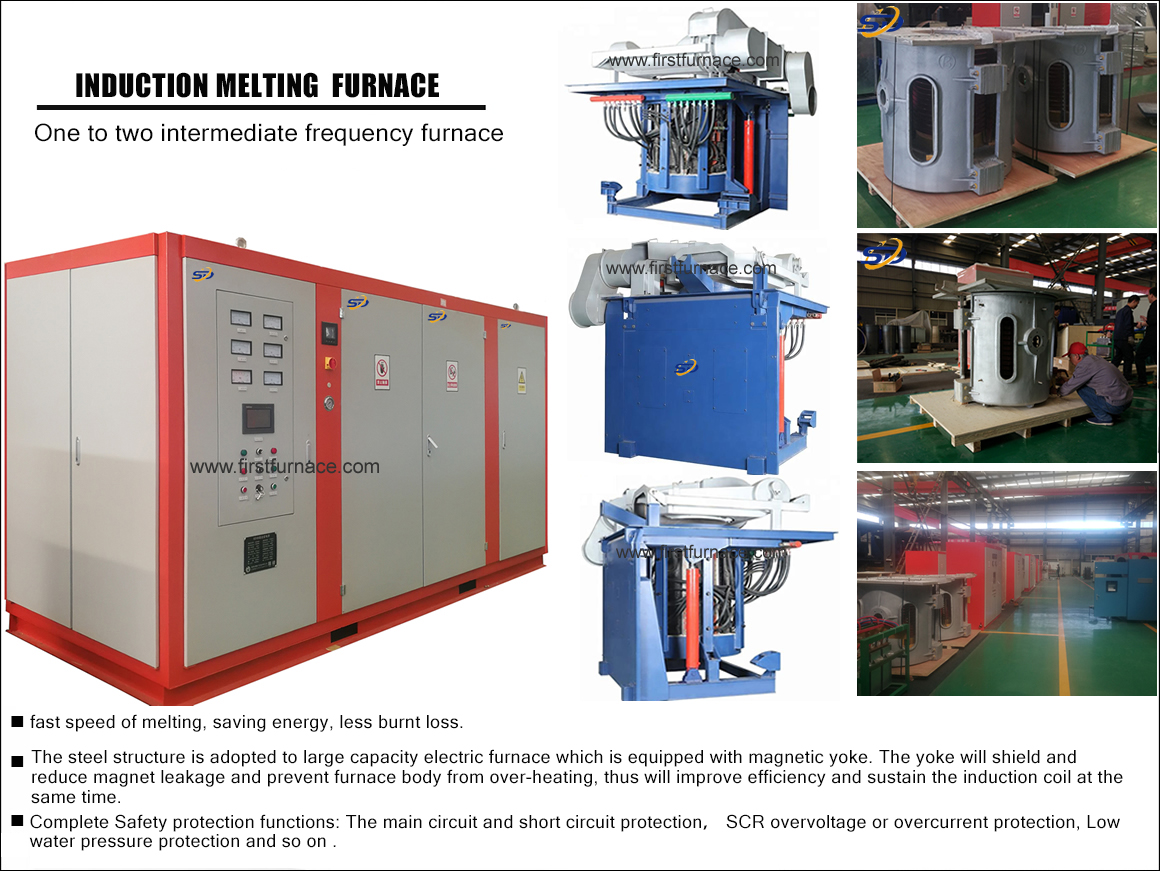Sales hot line ( 24 hours service): 18037961302
E-Mail: firstfurnace@gmail.com
whatsapp:+8618037961302
Adress: Luoxin Industrial Park, Luoyang, HenanLarge diameter steel pipe quen
Piston rod quenching and tempe
Grinding rod quenching and tem
High frequency induction heate
Quenching equipment for machin
Round steel end heating furnac
Steel pipe heat treatment prod
Square steel quenching and tem
Sucker rod quenching and tempe
Thickened petroleum steel pipe
Round steel quenching and temp
Steel pipe quenching and tempe
Steel plate quenching and temp
Induction Hardening Machine&nb
Flywheel ring gear high freque
Teach you how to repair induction melting furnace
The induction melting furnace is widely used in the smelting field. The control circuit and the main circuit of the induction melting furnace have different structures. Only on the basis of proficiently mastering the basic working principles of these circuits and the basic characteristics of power devices, can we quickly and accurately analyze and judge the cause of the fault, and take effective measures to eliminate the fault.
Only typical circuits and common faults are discussed here.
1 Turn on, the induction melting furnace cannot start normally:
1.1 Fault phenomenon: When starting, the DC current is large, the DC voltage and the intermediate frequency voltage are low, the sound of the induction melting furnace is dull, and the overcurrent protection is provided. Analysis and processing: The thyristor of one leg of the inverter bridge may be short-circuited or open, causing the three-arm bridge of the inverter bridge to operate. Use an oscilloscope to observe the voltage drop waveforms of the thyristors on the four bridge arms of the inverter bridge. If the voltage drop waveform of the thyristor on one bridge arm is a line, the thyristor has passed through; if it is a sine wave, the thyristor is not turned on . Replace the worn thyristor; find the reason why the thyristor is not conducting.
1.2 Trouble phenomenon: When starting, the DC current is large, the DC voltage is low, and the intermediate frequency voltage cannot be established normally. Analysis and treatment: the compensation capacitor is short-circuited. Disconnect the capacitor and use a multimeter to find the short-circuit capacitor. Replace the short-circuit capacitor.
1.3 Trouble phenomenon: When the heavy-duty cold furnace is started, the electrical parameters and sounds are normal, but the power does not rise, and overcurrent protection is provided. Analysis and processing: (1) The inverse transformation flow angle is too small. Use an oscilloscope to watch the commutation angle of the inverter thyristor, and adjust the commutation angle to an appropriate value. (2) The insulation resistance of the furnace body is low or short-circuited. Use a megger to detect the resistance of the furnace body and eliminate the short-circuit point of the furnace body. (3) The charge (steel) has a low resistance value relative to the induction coil. Use a megger to check the resistance of the charge relative to the induction coil. If the resistance is low, rebuild the furnace.
1.4 Trouble phenomenon: The starting circuit is not easy to start with zero voltage other excitation (no special signal source). Analysis and processing: (1) The current negative feedback amount is not adjusted properly; (2) Whether the anti-parallel diode connected in series with the current transformer is broken down; (3) Whether the signal line is too long or too thin; (4) Whether the signal synthesis phase is connected incorrectly (5) Whether the intermediate frequency transformer and the isolation transformer are damaged, pay special attention to the short circuit between transformer turns. Re-adjust the current negative feedback amount; replace damaged parts.
1.5 Trouble phenomenon: Zero voltage, it is not easy to start the frequency sweep starting circuit. Analysis and processing: (1) The starting frequency of the sweep frequency is inappropriate, so select the starting frequency again. (2) The frequency sweep circuit is faulty. Use an oscilloscope to observe the waveform and frequency of the sweep circuit. Troubleshoot the frequency sweep circuit.
1.6 Trouble phenomenon: When starting, the electrical parameters and sound are normal, the current suddenly disappears when the power is increased, and the voltage reaches the rated value, and overvoltage and overcurrent protection. Analysis and processing: load open circuit, check the load copper connector and water-cooled cable.
2. The induction melting furnace can be started, but the working condition is wrong.
2.1 Trouble phenomenon: The induction melting furnace can be started without load, but the DC voltage cannot reach the rated value, and the DC smoothing reactor has an impact sound and accompanied by jitter. Analysis and processing: Turn off the inverter control power supply, connect a dummy load to the output end of the rectifier bridge, observe the output waveform of the rectifier bridge with an oscilloscope, and you can see the phase loss waveform of the rectifier bridge output. The reasons for the lack of phase may be: (1) The rectifier trigger pulse is lost. (2) Insufficient amplitude and narrow width of the trigger pulse result in insufficient trigger power, which causes the thyristor to be switched on and off from time to time. (3) The pulse timing of the double-pulse trigger circuit is incorrect or the complementary pulse is missing. (4) The control pole of the thyristor is open circuit, short circuit or poor contact.
2.2 Trouble phenomenon: The induction melting furnace can start normally and smoothly. When the power rises to a certain value, it will be protected against overvoltage or overcurrent. Analysis and treatment: Find the cause of the fault in two steps: (1) Run the induction melting furnace with no load first, and observe whether the voltage can rise to the rated value. If the voltage cannot be raised to the rated value, and the overcurrent protection is close to a certain value of the voltage for many times. This may be caused by insufficient withstand voltage of the compensation capacitor or thyristor, but it is not ruled out that it is caused by a certain part of the circuit sparking. (2) If the voltage can be raised to the rated value, the induction melting furnace can be transferred to heavy-duty operation to observe whether the current value can reach the rated value, if the current cannot be raised to the rated value, and the current has been overcurrent near a certain value for many times Protection, this may be high current interference. Pay special attention to the interference of the electromagnetic field with medium frequency and high current on the control part and signal line.
3. When the induction melting furnace is operating normally, it is easy to malfunction.
3.1 Fault phenomenon: The induction melting furnace is operating normally, but when the normal overcurrent protection is activated, multiple KP thyristors and fast melting are burned out. Analysis and processing: During over-current protection, in order to release the energy of the smoothing reactor to the grid, the rectifier bridge changes from the rectification state to the inverter state. At this time, if а>1500, the active inverter may be subverted and multiple thyristors may be burned. And fast-acting, the switch tripped, and accompanied by a huge current short-circuit explosion sound. A large current and electromagnetic impact are generated on the transformer, and the transformer will be damaged in severe cases.
3.2 Trouble phenomenon: The induction melting furnace is operating normally, but near a certain point in the high voltage area, the induction melting furnace is unstable, the DC voltmeter is shaking, and the induction melting furnace is accompanied by a squeaking sound. This situation is very easy to cause the inverter bridge to overturn and burn the thyristor. Analysis and processing: This kind of fault is difficult to eliminate, and it mostly occurs when a part of the induction melting furnace is high-pressure ignition: (1) The loosening of the connecting copper bar joint screw causes the ignition. (2) Oxidation of the main connector of the circuit breaker causes ignition. (3) The loosening of the compensating capacitor terminal screws causes ignition and the internal discharge of the compensating capacitor. The resistance-capacitance absorption capacitor ignites. (4) The insulating part of the water-cooled radiator is too dirty or carbonized and ignites to the ground. (5) The furnace body induction coil ignites the furnace shell and the furnace floor. The distance between the turns of the induction coil of the furnace body is too close, and the inter-turns ignite or arc. The insulating column that fixes the induction coil of the furnace body is discharged and ignited due to high temperature carbonization. (6) Fire inside the thyristor.
3.3 Trouble phenomenon: The induction melting furnace is operating normally, but a sharp beep can be heard from time to time, and the DC voltmeter swings slightly. Analysis and processing: Observe the voltage waveform at both ends of the inverter bridge with an oscilloscope. It can be seen that the inverter fails periodically (one cycle) or fails in an indefinite period. The short-term failure of the parallel resonant inverter circuit can be self-healing. Periodic short-term failure is generally the inverter control part is interfered by the rectification pulse. Non-periodic short-term failures are generally caused by poor inter-turn insulation of intermediate frequency transformers.
3.4 Fault phenomenon: After the induction melting furnace has been operating normally for a period of time, the induction melting furnace has abnormal sound, the reading of the electric meter is shaking, and the operation of the induction melting furnace is unstable. Analysis and treatment: abnormal sound and unstable operation after the induction melting furnace has been working for a period of time. The main reason is that the thermal characteristics of the electrical components of the induction melting furnace are not good. The electrical part of the induction melting furnace can be divided into two parts, weak electricity and strong electricity, and tested separately. Check the control part first to prevent damage to the main circuit power devices. When the main power switch is not turned on, only turn on the power of the control part. After the control part works for a period of time, use an oscilloscope to detect the trigger pulse of the control board to see if the trigger pulse is normal. On the premise that there is no problem with the control part, turn on the induction melting furnace. After the abnormal phenomenon occurs, observe the tube pressure drop waveform of each thyristor with an oscilloscope to find the thyristor with poor thermal characteristics. If the voltage drop waveform of the thyristor is normal, you must pay attention to whether there are problems with other electrical components, and pay special attention to circuit breakers, capacitors, reactors, copper bar contacts and main transformers.
3.5 Fault phenomenon: The induction melting furnace works normally, but the power cannot be increased. Analysis and processing: The induction melting furnace is working normally, which can only indicate that the components of the induction melting furnace are intact. The power does not indicate that the parameters of the induction melting furnace are not adjusted properly. The main reasons that affect the power of the induction melting furnace are: (1) The rectifier part is not adjusted properly, the rectifier tube is not completely turned on, and the DC voltage does not reach the rated value, which affects the power output. (2) The intermediate frequency voltage value is adjusted too high or too low, which will affect the power output. (3) The cut-off and cut-off values are adjusted improperly, resulting in low power output. (4) The furnace body is not matched with the power supply, which seriously affects the power output. (5) If the compensation capacitor is configured too much or too little, the power output with the best electrical and thermal efficiency cannot be obtained, that is, the best economic power output cannot be obtained. (6) The distributed inductance of the intermediate frequency output circuit and the additional inductance of the resonance circuit are too large, which also affects the maximum power output.
3.6 Trouble phenomenon: The induction melting furnace is operating normally, but when the power is raised or lowered in a certain power section, the induction melting furnace has abnormal sounds and jitters, and the electrical instrumentation indicates swing. Analysis and processing: This kind of failure generally occurs on the power given potentiometer. A certain section of the power given potentiometer is not smooth and jumps, which causes the instability of the induction melting furnace. In severe cases, the inverter will be overturned and the thyristor will be burned.
3.7 Trouble phenomenon: The induction melting furnace is operating normally, but the bypass reactor is heated and burned. Analysis and treatment: The main reasons that cause the bypass reactor to heat up and burn out are: (1) The bypass reactor itself is of poor quality. (2) There is asymmetrical operation of the inverter circuit, and the main reason for the asymmetrical operation of the inverter circuit comes from the signal loop.
3.8 Trouble phenomenon: The induction melting furnace is operating normally, and the compensation capacitor is often broken down. Analysis and treatment: Causes of failure: (1) The intermediate frequency voltage and working frequency are too high. (2) The capacitor configuration is not enough. (3) In the capacitor boost circuit, the capacity difference between the series capacitor and the parallel capacitor is too large, resulting in uneven voltage and breakdown of the capacitor. (4) Poor cooling and breakdown of capacitors.
3.9 Trouble phenomenon: The induction melting furnace is operating normally, but frequent overcurrent. Analysis and processing: When the induction melting furnace is running, the electrical parameters, waveforms, and sounds are all normal, that is, frequent overcurrent. When such a fault occurs, pay attention to whether it is due to improper wiring that produces electromagnetic interference and parasitic parameter coupling interference between lines. Such as: strong wires and weak wires are laid together; power frequency wires and intermediate frequency wires are laid together; signal wires are interwoven with strong wires, intermediate frequency wires, and bus bars.
4. Failure phenomenon of the DC smoothing reactor: the induction melting furnace is unstable, the electric parameters fluctuate, and the induction melting furnace has abnormal sound. Frequent over-current protection and burning of fast thyristors. Analysis and treatment: In the maintenance of the induction melting furnace, the failure of the DC smoothing reactor is difficult to judge and deal with. The faults that DC smoothing reactors are prone to are: (1) The user can adjust the air gap and the number of coil turns of the reactor at will, which changes the inductance of the reactor, affects the filter function of the reactor, and causes the output DC current to be interrupted. Continued phenomenon, resulting in unstable operation of the inverter bridge, failure of the inverter, and burning of the inverter thyristor. Randomly adjust the air gap of the reactor and reduce the number of turns of the coil. When the inverter bridge is short-circuited, the ability of the reactor to block the current rise will be reduced, and the thyristor will be burned. Changing the inductance of the reactor at will will also affect the starting performance of the induction melting furnace. (2) Reactor coil is loose: If the coil of the reactor is loose, the electromagnetic force will cause the coil to jitter when the induction melting furnace is working, and the inductance will change suddenly when the coil is jittered, which will easily cause the inverter to fail when starting at light load and running at low current. . (3) The reactor coil insulation is not good, short-circuit to ground or short-circuit between turns, sparking and discharging, causing a sudden jump in the inductance of the reactor and strong electromagnetic interference, making the induction melting furnace unstable, producing abnormal sounds, and frequent overcurrent. Burn out the thyristor. Causes of poor insulation of the coil insulation and short circuit are as follows: a. Poor cooling, excessively high temperature leads to poor insulation of the insulation, ignition, and carbonization. b. The coil of the reactor is loose, and the relative movement and friction between the coil insulation layer and the coil insulation layer, and between the coil insulation layer and the iron core cause damage to the insulation layer. c. When dealing with the scale of the reactor coil, the acid liquid is penetrated into the coil. The acid corrodes the copper pipe and generates copper salt, destroying the insulating layer.
5. Thyristor:
5.1 Fault phenomenon: After replacing the thyristor, the thyristor will be burnt out as soon as it is turned on. Analysis and treatment: the induction melting furnace failed and the thyristor was burned. After replacing the new thyristor, do not turn it on immediately. First, check the system of the induction melting furnace to eliminate the fault. After confirming that the induction melting furnace is not malfunctioning, turn it on again. Otherwise, the thyristor will be burnt out as soon as it is turned on. When press-fitting a new thyristor, you must pay attention to the pressure balance, otherwise, it will cause mechanical damage to the internal chip of the thyristor, resulting in a significant drop in the withstand voltage of the thyristor, and the phenomenon of burning the thyristor as soon as it is turned on.
5.2 Trouble phenomenon: After replacing the new thyristor, the startup is normal, but the thyristor is burned out after working for a period of time. Analysis and processing: The reasons for this type of failure are: (1) The thermal characteristics of the electrical components of the control part are not good. (2) The installation of the thyristor and the radiator is misplaced. (3) The radiator has been used many times or the small mesa thyristor has been press-fitted, causing the center of the radiator mesa to sink, resulting in poor contact between the radiator mesa and the thyristor mesa, and burning the thyristor. (4) The scale in the water cavity of the radiator is too thick and the heat conduction is not good, causing the components to overheat and burn. (5) The temperature of the fast thyristor increases due to poor heat dissipation. At the same time, the turn-off time of the thyristor increases as the temperature rises, which will eventually cause the component to fail to turn off, causing the inverter to subvert and burn the thyristor. (6) The operating temperature of the thyristor is too high, the gate parameters are reduced, and the anti-interference ability is reduced. It is easy to cause false triggering and damage the thyristor and the induction melting furnace. (7) Check whether the resistance-capacitance absorption circuit is intact.
5.3 Failure phenomenon: After replacing the new thyristor, the induction melting furnace still cannot work normally and the thyristor is burned. Analysis and processing: After the induction melting furnace fails, the thyristor is burnt out, and after replacing it with a new thyristor, the induction melting furnace is normal after static detection, but it still cannot work normally and stably, and the thyristor is easy to burn. At this time, pay special attention to whether the pulse transformer, power transformer, intermediate frequency transformer, and intermediate frequency isolation transformer have poor insulation between the primary coil and the secondary coil, between the coil and the core, or between the turns.
6. Concluding remarks The failure phenomena of induction melting furnaces are diverse and strange, and specific failures should be analyzed in detail. With the development of induction melting furnace technology and the increase in power, induction melting furnace maintenance personnel must have considerable basic circuit theory knowledge and rich practical experience. Finally, we must remember: After replacing the thyristor, we must carefully inspect the induction melting furnace; even after troubleshooting, the induction melting furnace must be systematically checked!

Iron induction furnace
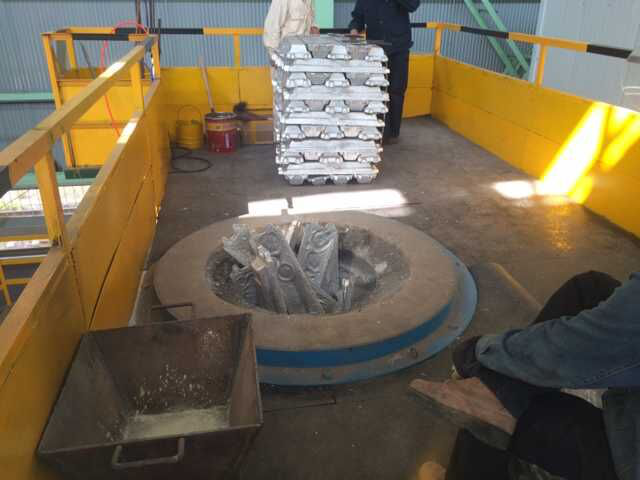
Aluminum melting furnace

Copper melting furnace
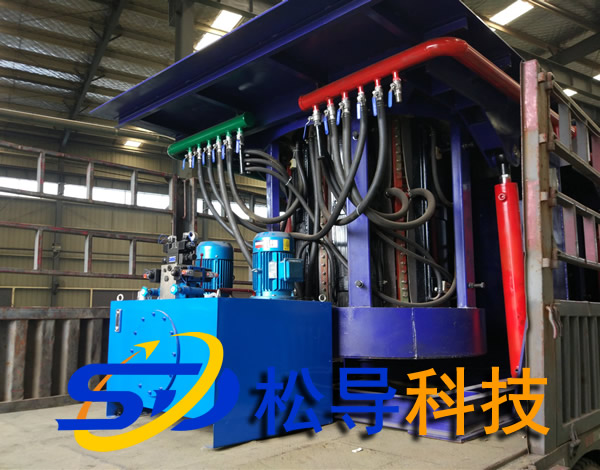
Small steel melting furnace
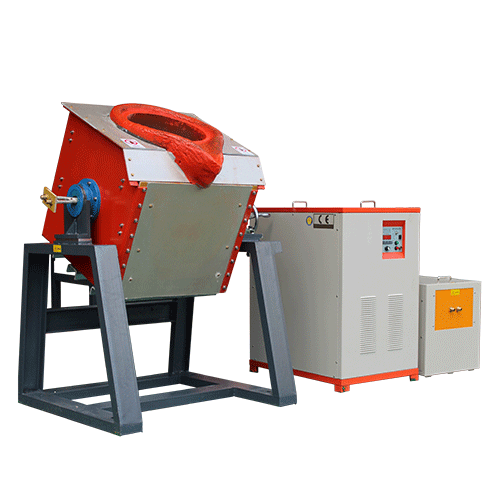
Small induction melting furnace
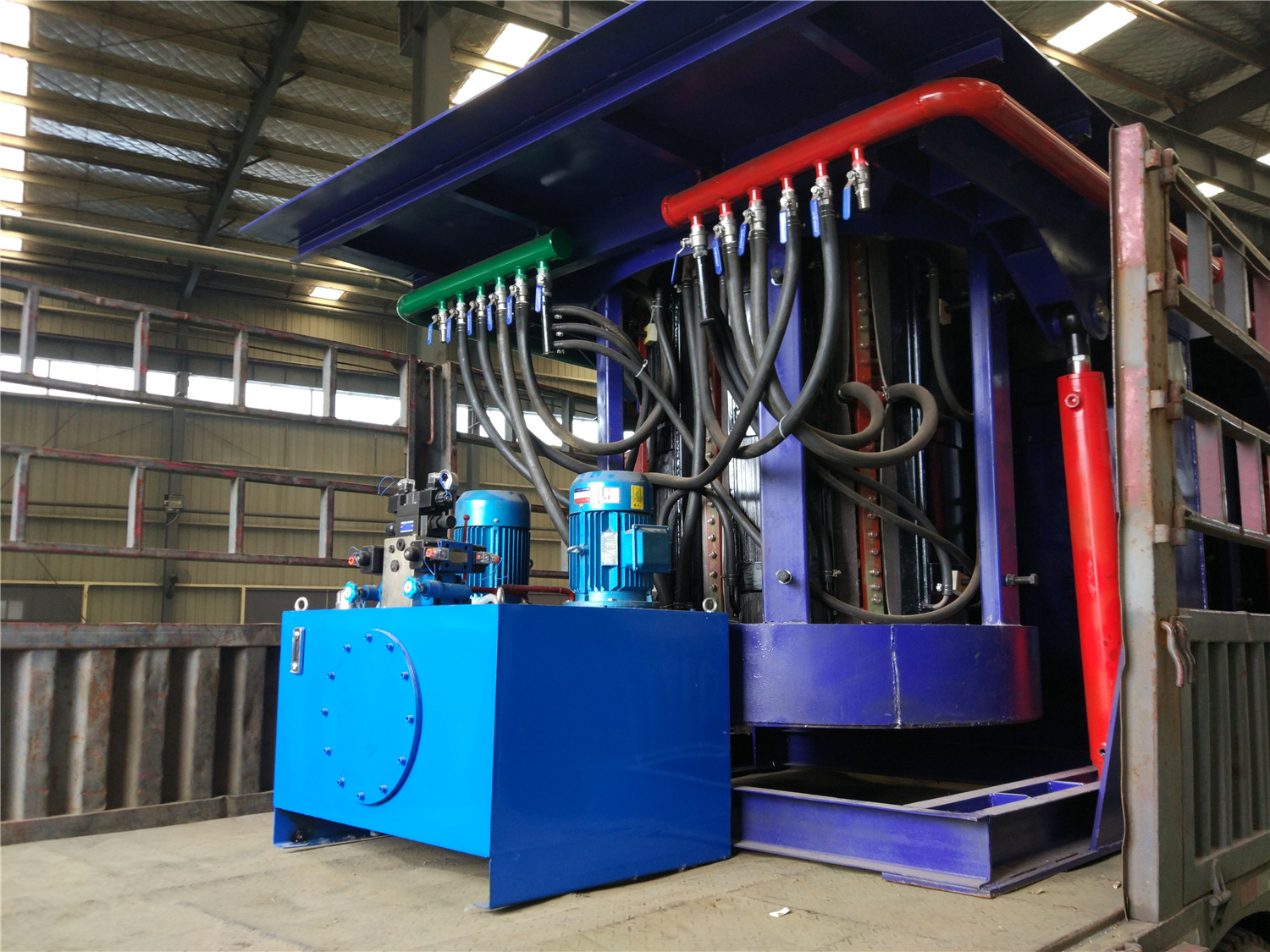
Induction iron furnace
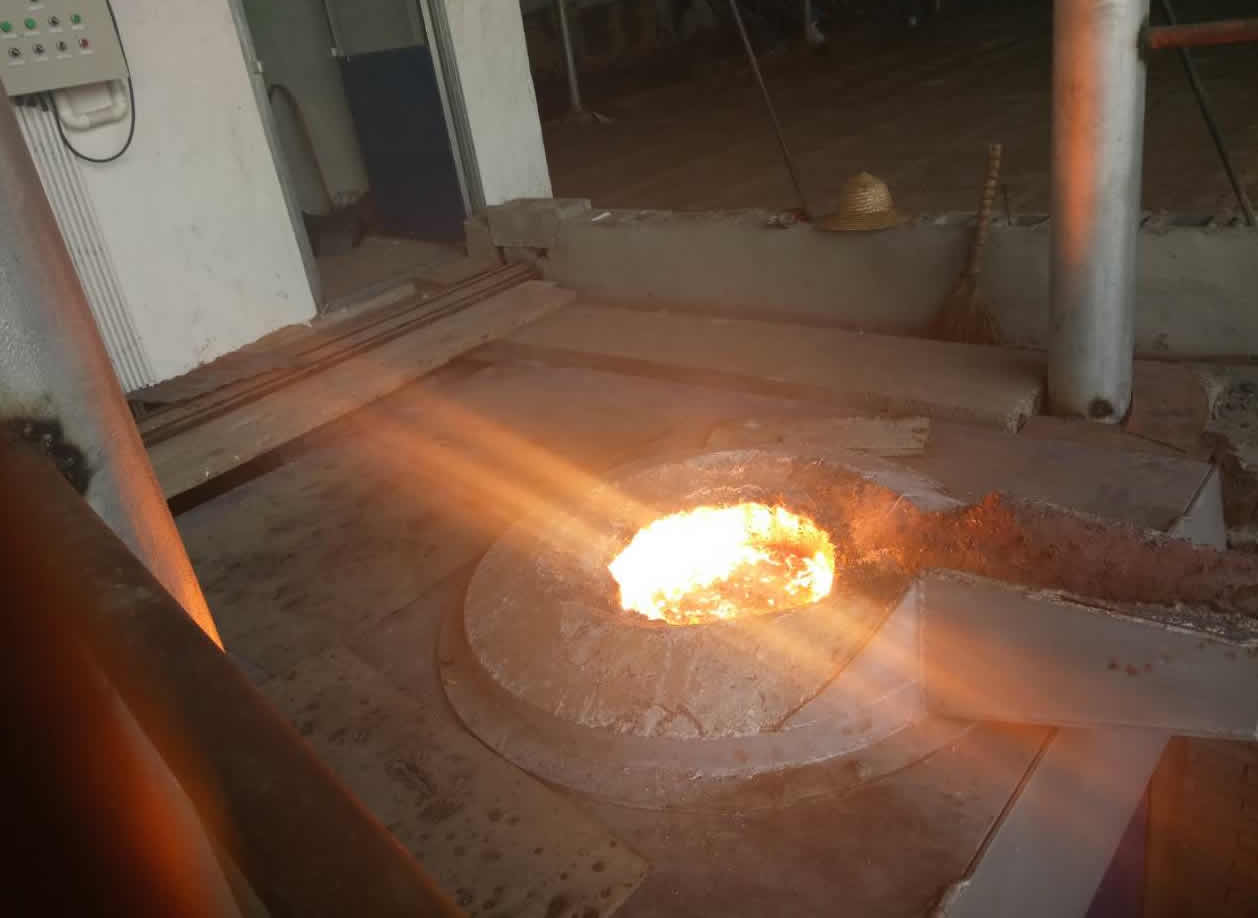
3T intermediate frequency iron melting f
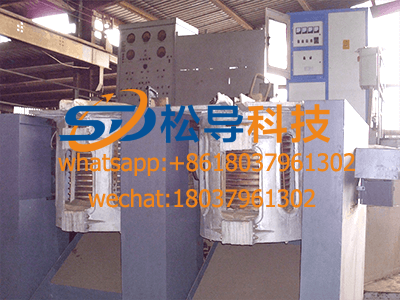
0.25T Intermediate Frequency Furnace
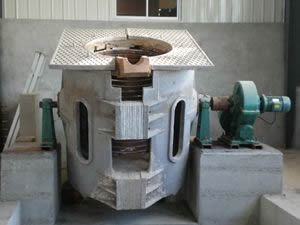
0.5T Intermediate Frequency Furnace
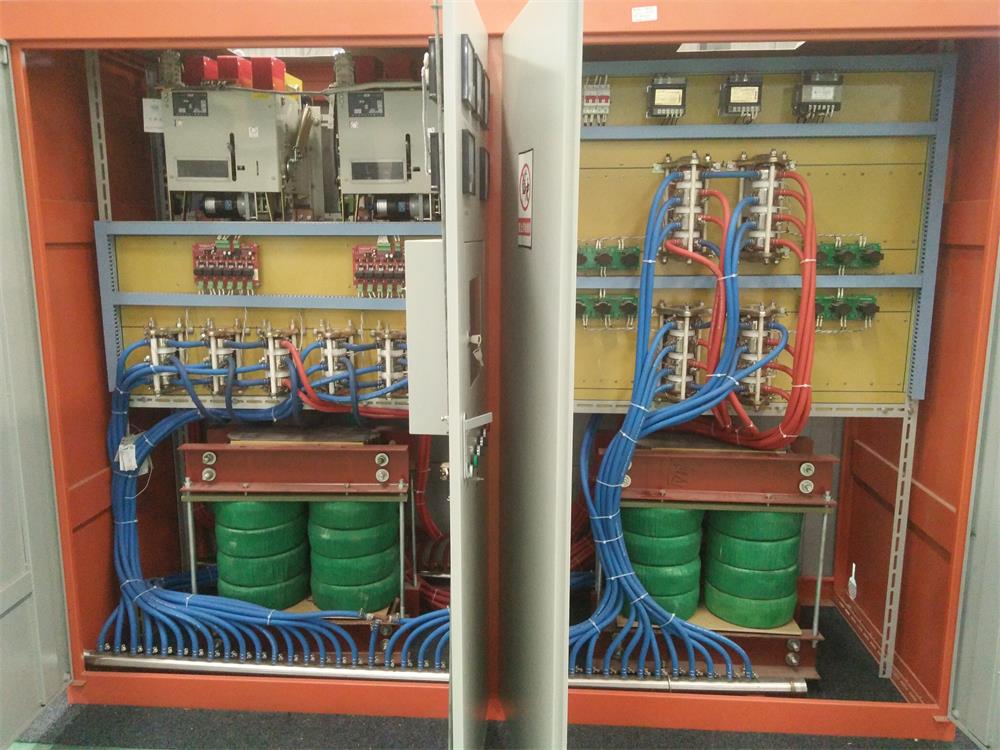
Medium Frequency Furnace

2T Induction Melting Furnace
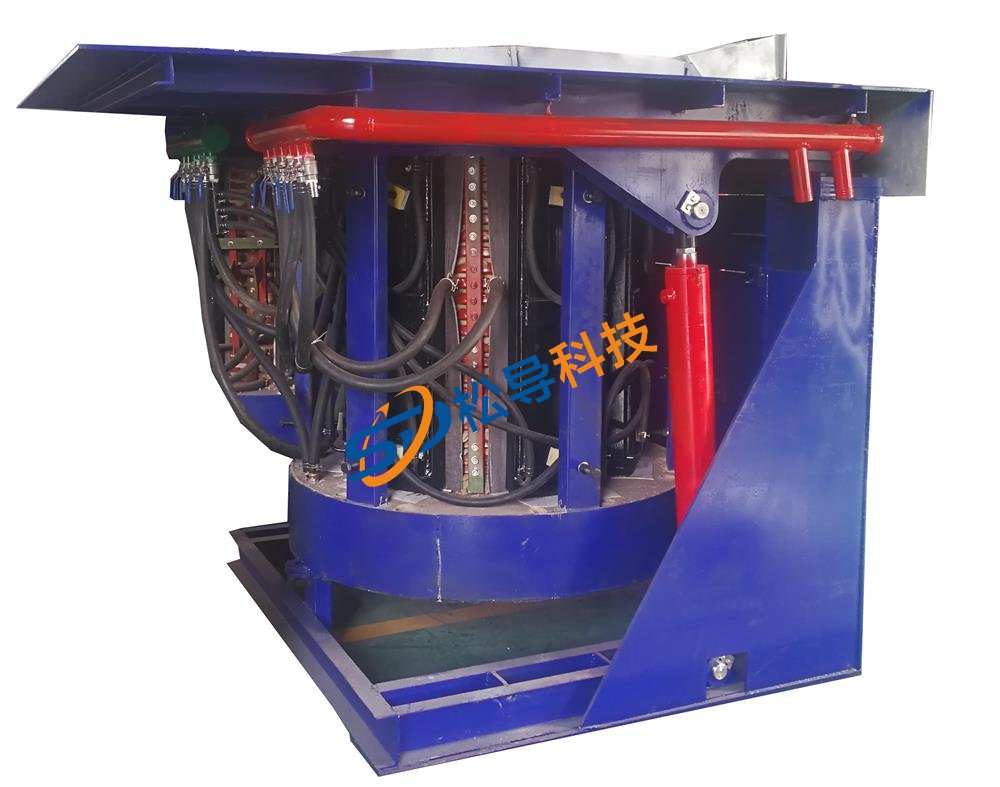
1T Induction Melting Furnace
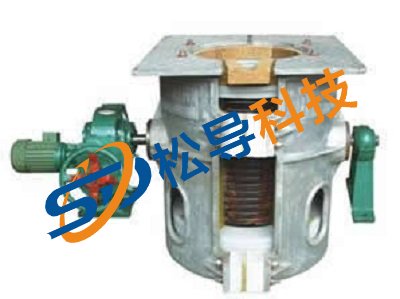
500kg Induction Melting Furnace
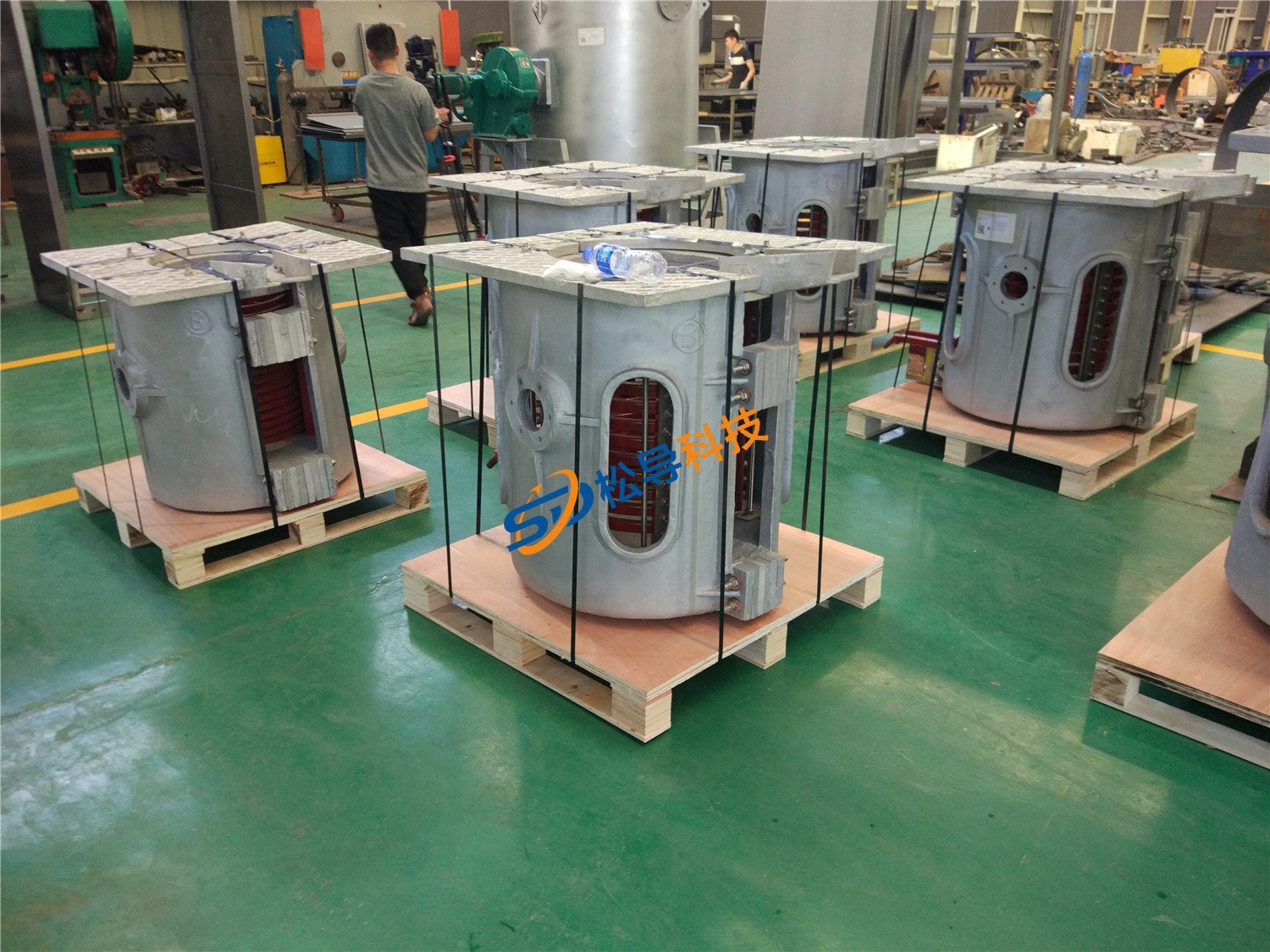
250kg Induction Melting Furnace
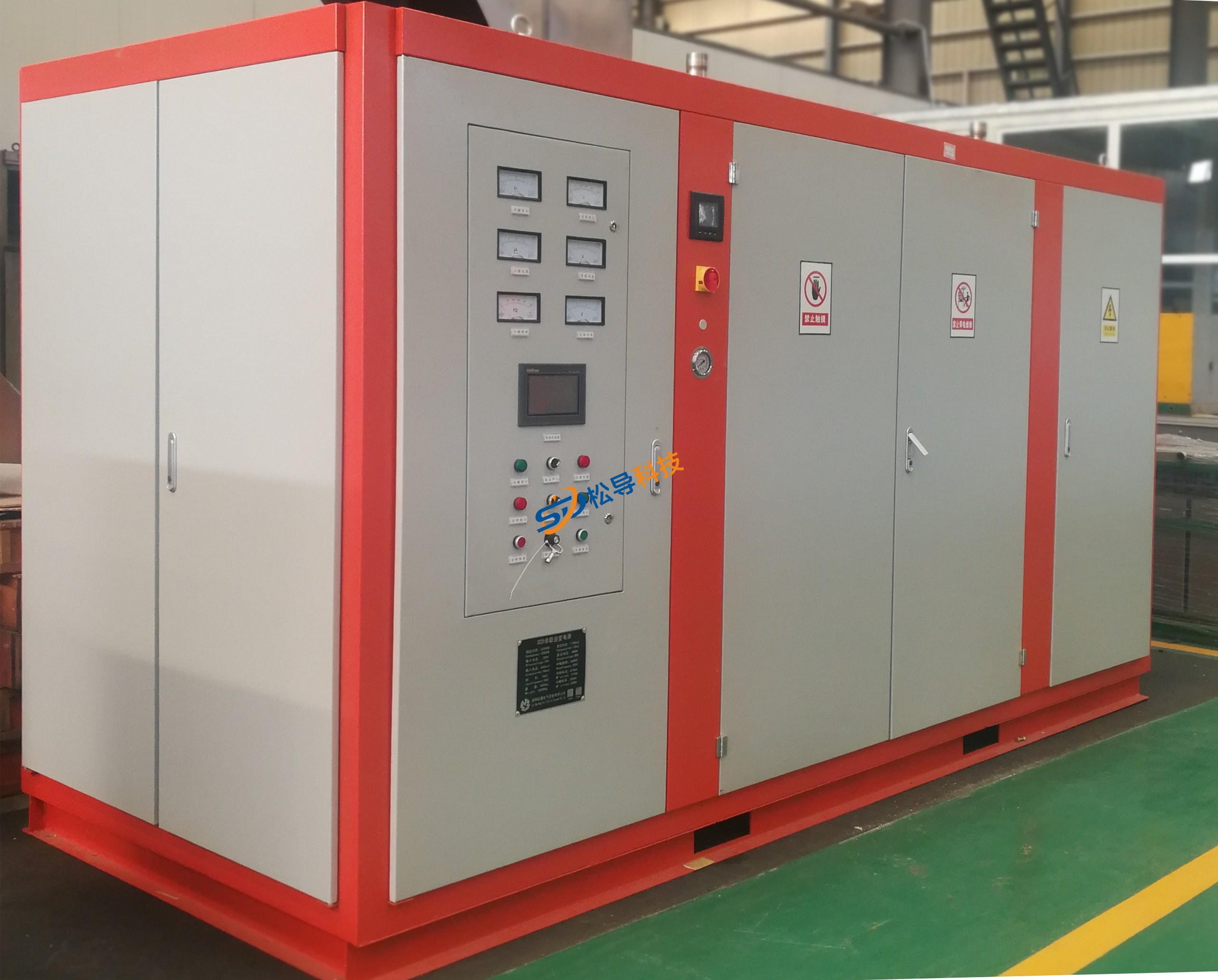
Induction Melting Furnace
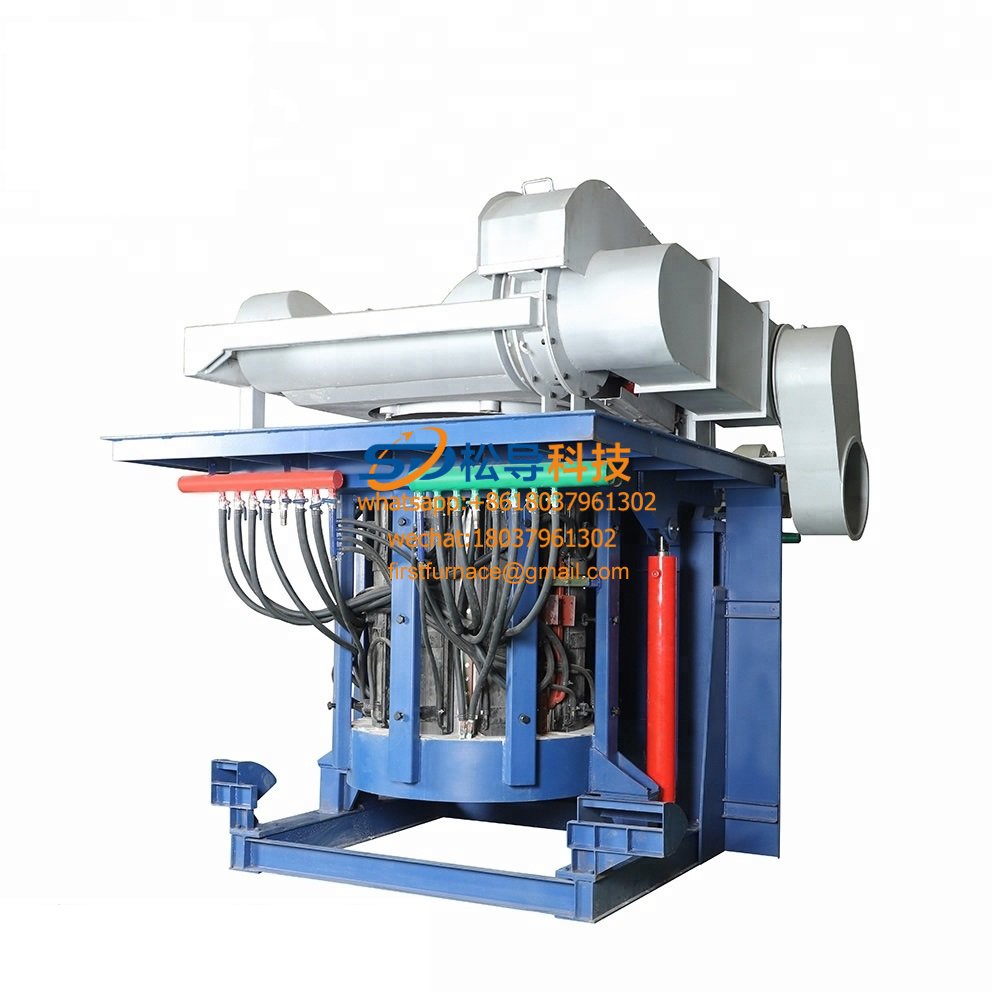
3 T Induction Melting Furnace
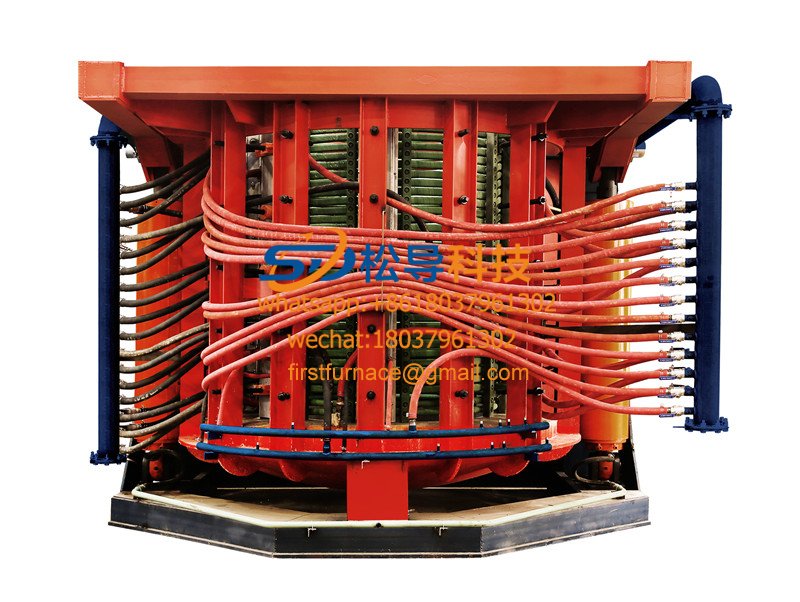
5T Induction Melting Furnace
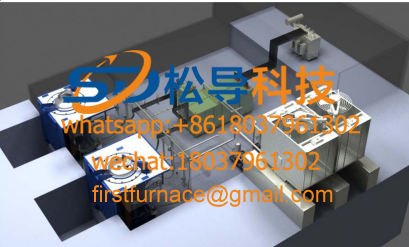
1T One Belt Two Intermediate Frequency F

5T One Belt Two Intermediate Frequency F
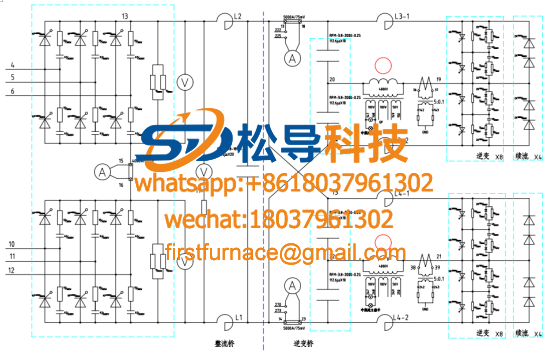
3T One Belt Two Intermediate Frequency F
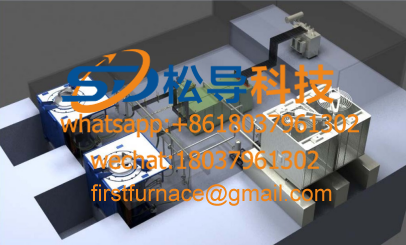
2T One Belt Two Intermediate Frequency F
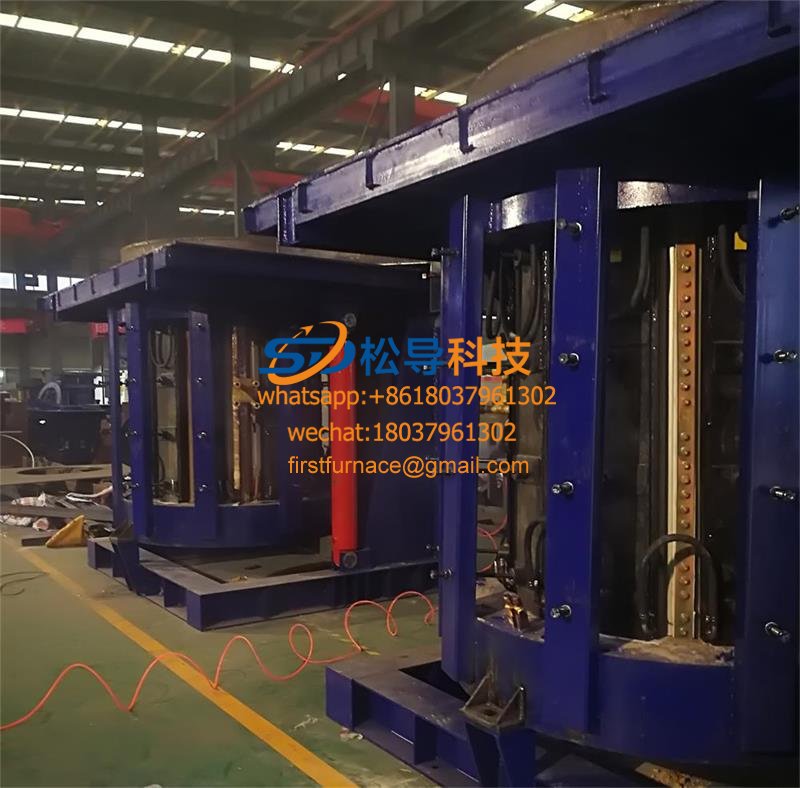
5T Parallel Intermediate Frequency Furna
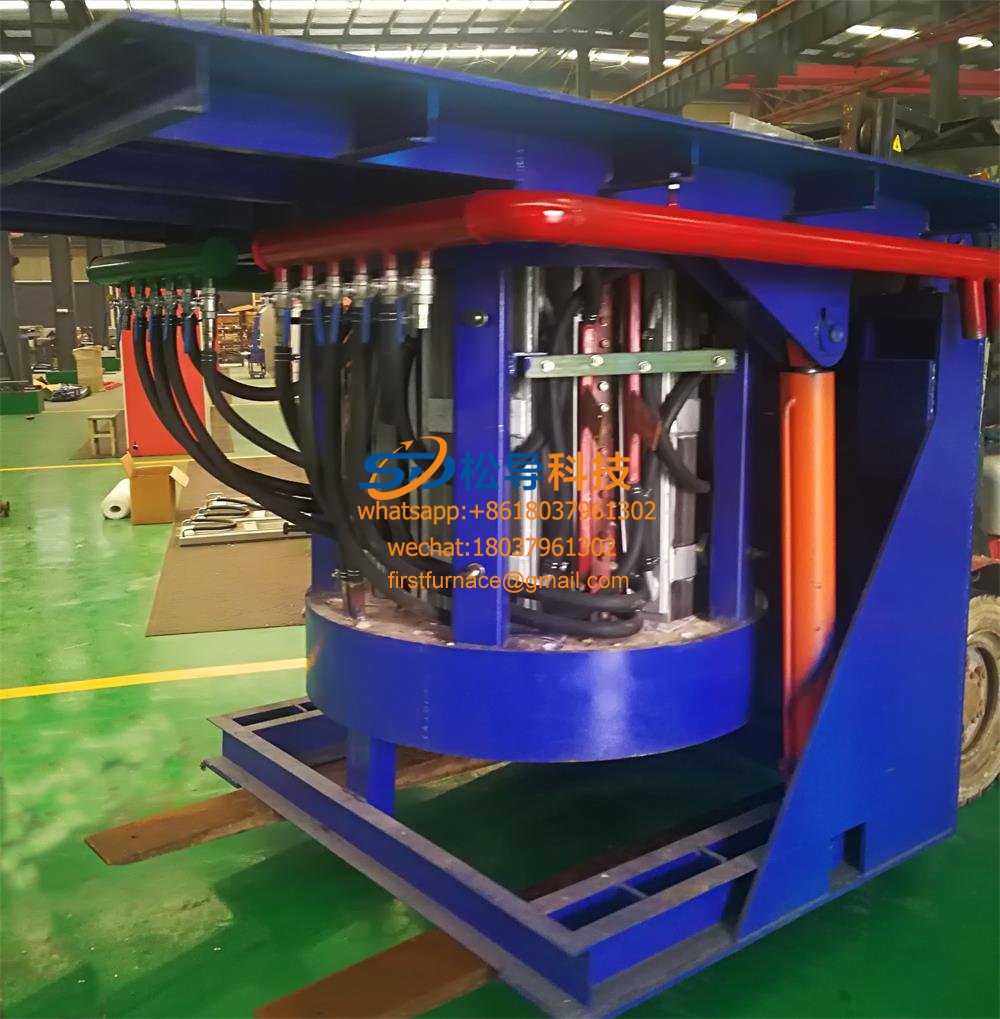
5T Intermediate Frequency Furnace

5T Series Intermediate Frequency Furnace
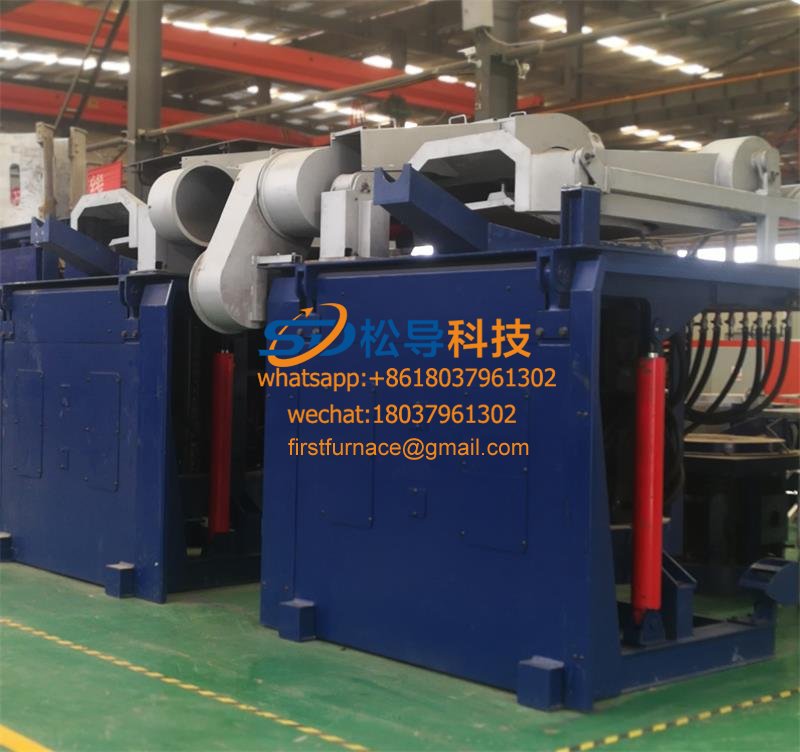
3T Series Intermediate Frequency Furnace
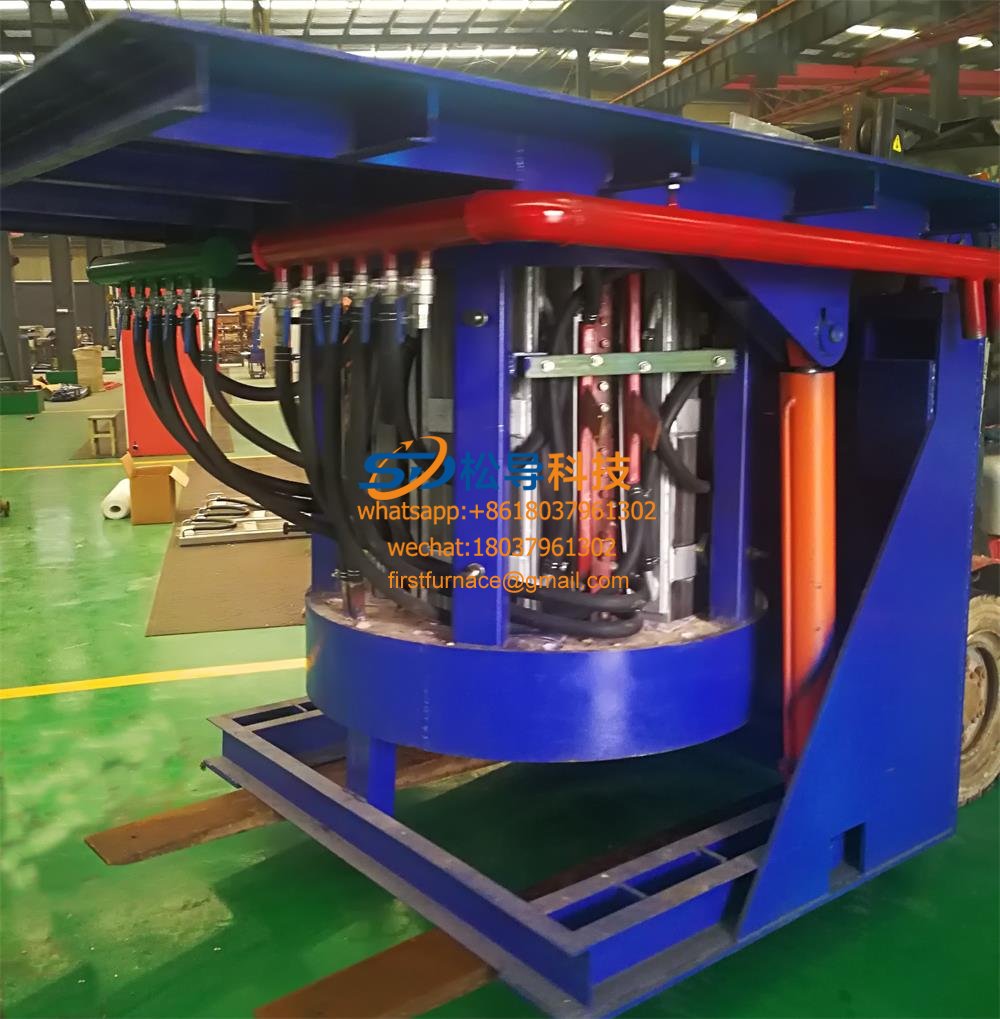
2T Series Intermediate Frequency Furnace
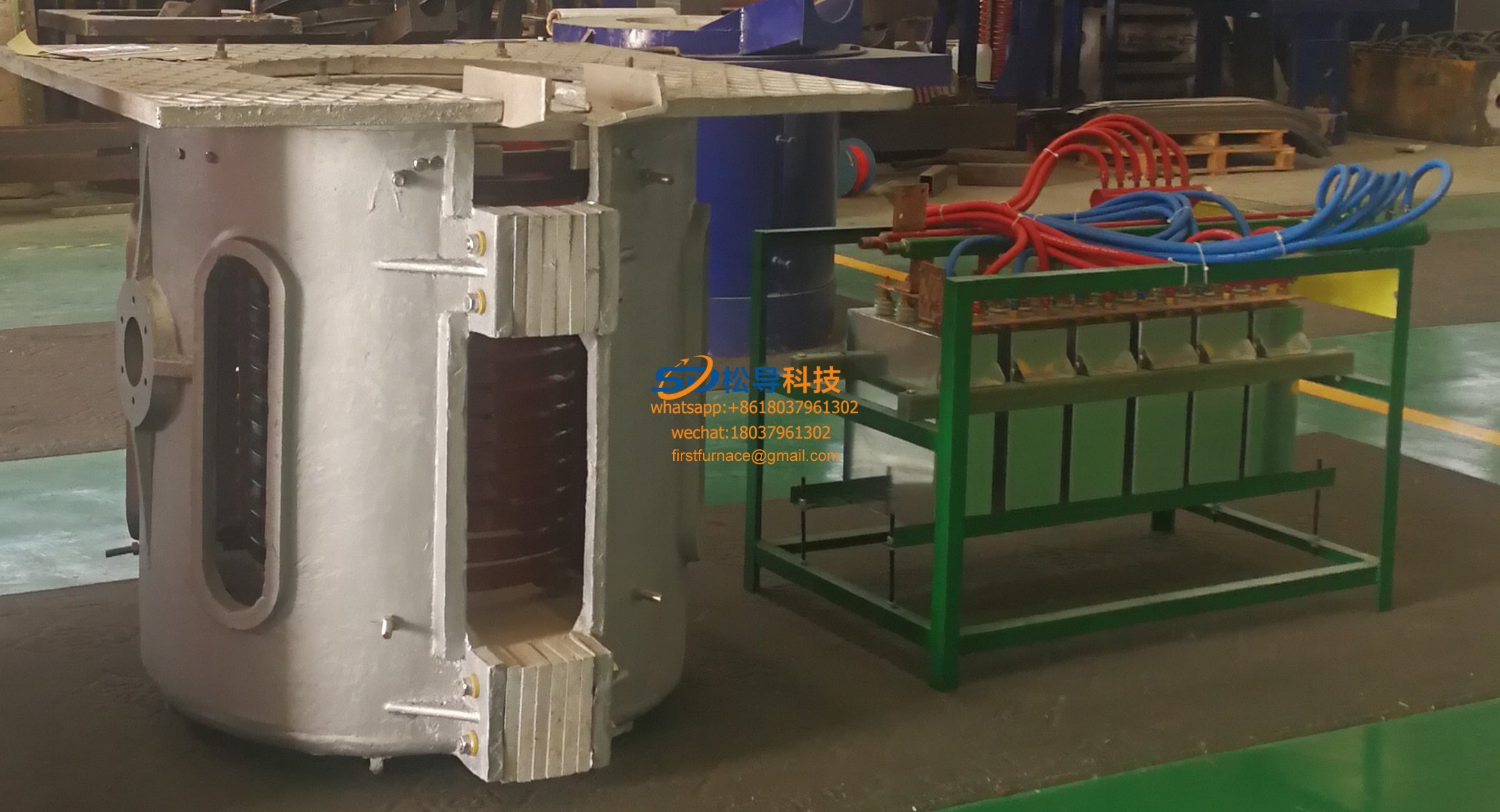
1T Series Intermediate Frequency Furnace
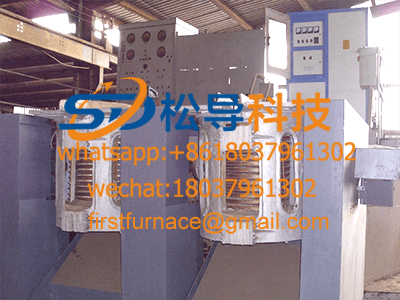
0.5T Series Intermediate Frequency Furna

0.25T Series Intermediate Frequency Furn

1T Parallel Intermediate Frequency Furna
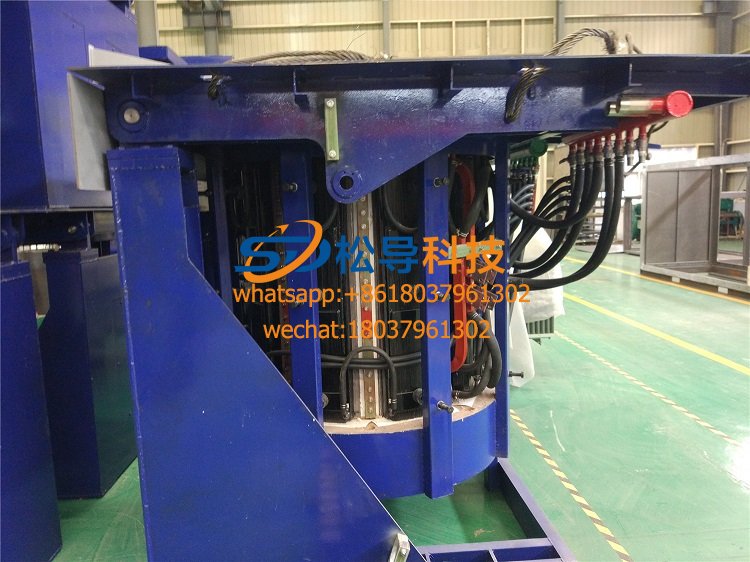
2T Parallel Intermediate Frequency Furna
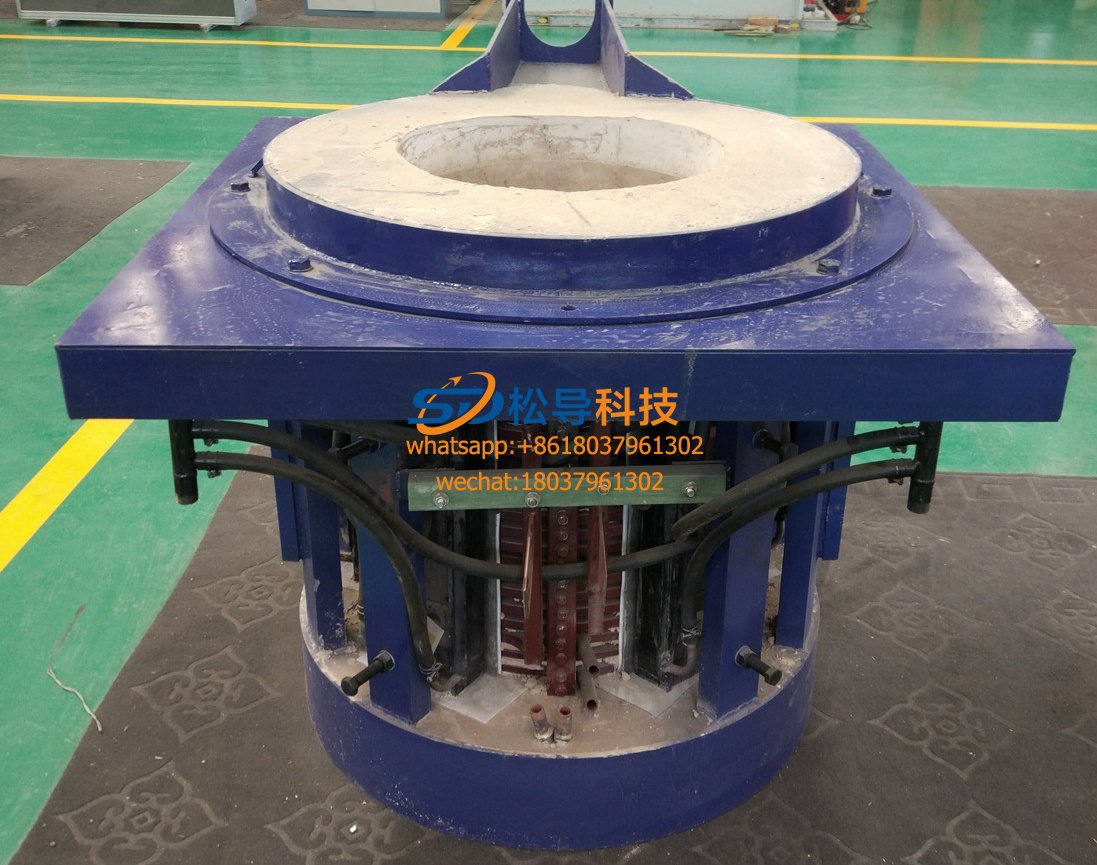
0.5T Parallel Intermediate Frequency Fur






